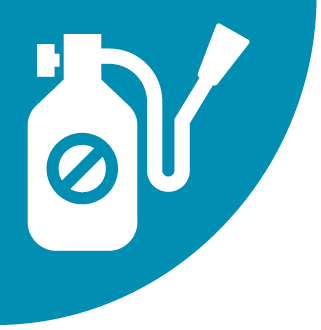NEWSWATCH
PESTICIDES

NIOSH: Rates of Occupational Pesticide-related Illness, Injury Likely Underestimated
A NIOSH report on illnesses and injuries from occupational exposure to conventional pesticides notes that the published counts and rates, which cover the years 2007–2010, are likely to be underestimates. According to NIOSH, the estimates are low because many workers with pesticide-related illness or injury do not seek medical care or contact the appropriate authorities. Workers who do seek medical care may receive an inaccurate diagnosis because some healthcare professionals are not familiar with the recognition and management of pesticide-related illnesses. NIOSH notes that inaccurate estimates of pesticide illness and injury among agricultural workers may further affect the data due to the transient employment of seasonal and migrant farmworkers, many of whom are difficult to count.
NIOSH found that the rates of pesticide-related illness and injury among agricultural industry workers were 37 times greater than those for nonagricultural workers but cautions that these statistics must be considered minimum estimates. Most of the 2,014 cases of acute occupational pesticide-related illness and injury in 2007–2010 involved exposure to insecticides or herbicides. Pyrethroids, organophosphates, and pyrethrins were the chemical classes most often involved among those exposed to insecticides; specific herbicides most commonly involved with occupational exposures were glyphosate and dipyridyl compounds such as paraquat and diquat.
The data comes from the Sentinel Event Notification System for Occupational Risks (SENSOR)-Pesticides program, which builds and maintains occupational illness and injury surveillance capacity within state health departments.
thesynergist | TOC | NEWSWATCH | DEPARTMENTS | COMMUNITY

